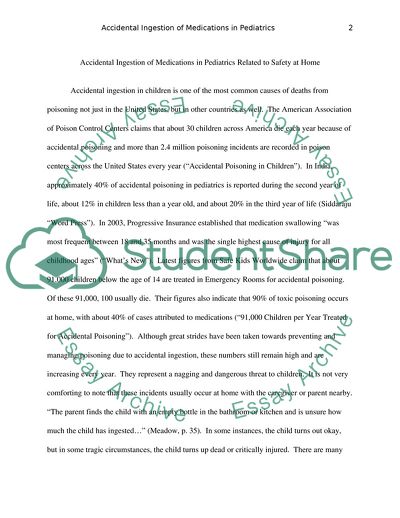Cite this document
(Accidental Ingestion of Medications in Pediatrics Case Study, n.d.)
Accidental Ingestion of Medications in Pediatrics Case Study. https://studentshare.org/health-sciences-medicine/1718318-accidental-ingestion-of-medications-in-pediatrics-rt-safety-in-the-home
Accidental Ingestion of Medications in Pediatrics Case Study. https://studentshare.org/health-sciences-medicine/1718318-accidental-ingestion-of-medications-in-pediatrics-rt-safety-in-the-home
(Accidental Ingestion of Medications in Pediatrics Case Study)
Accidental Ingestion of Medications in Pediatrics Case Study. https://studentshare.org/health-sciences-medicine/1718318-accidental-ingestion-of-medications-in-pediatrics-rt-safety-in-the-home.
Accidental Ingestion of Medications in Pediatrics Case Study. https://studentshare.org/health-sciences-medicine/1718318-accidental-ingestion-of-medications-in-pediatrics-rt-safety-in-the-home.
“Accidental Ingestion of Medications in Pediatrics Case Study”. https://studentshare.org/health-sciences-medicine/1718318-accidental-ingestion-of-medications-in-pediatrics-rt-safety-in-the-home.


